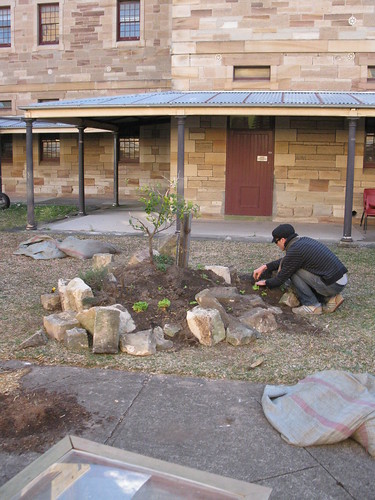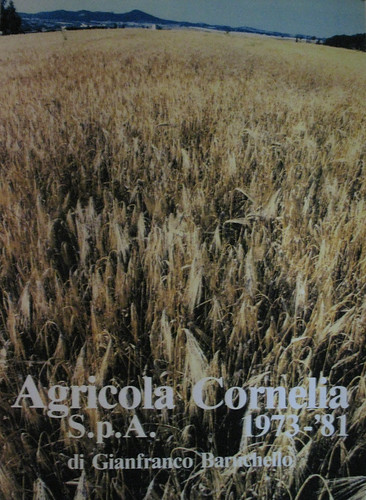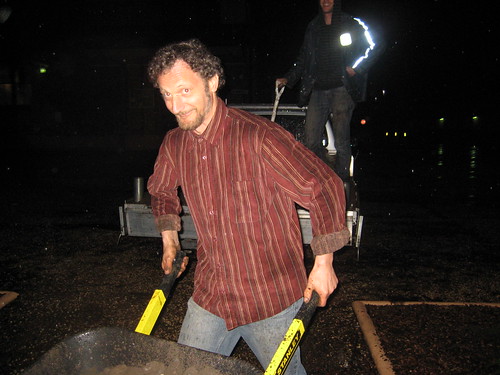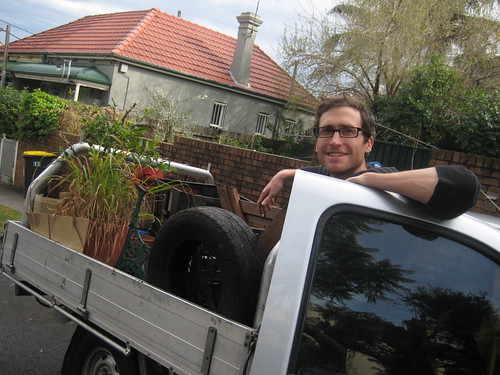[BY DIEGO]
so, I have been bragging about spontaneus flora from a while, and it somewhat feels strange this, but I am now involved in a garden project where in collaboration with Lucas and anybody else who would like to join, are going to somewhat grow things!
yes, that’s right, actual seeding, planting, watering and minding.. or rather, tending.
So, in view of the aforementioned exercise, I brushed up my knowledge of garden plants, the sorts humans have been crafting and selecting out of the wild counterparts since the start of it all: agriculture.
About 10-15,000 years ago, in several parts of the continent, various inhabitant started to domesticate nature, animals and plants, instigating the process of delimitation of space, control of environments, property.
Uhmm, we dont wonna go there with this post, but rather have a look at the selected species nowadays available commercially for our consumption.
I did my own selection and in a twin posting between here and WeedyConnection’s blog, propose a list.
I exert comments, suggestions and counter-lists.
My own selection takes in account few factors:
1 we need to see results in a relatively short time frame
2 there is water, but at this stage we are not sure about who can be the actual watering person every day, so tough plants are preferable
3 a few have been selected because of their peculiarity (see individual entry)
You have browsed the Diggers club for this selection, but more ca be found in other sites, like Eden seeds.
Cool, here’s my list:

MARIONBERRY
Rubus hybrid ‘Marionberry’
Admired for their unique and complex flavour profile Marionberries have long been revered in the US. Their vibrant purple color packs a powerful nutritional punch that catapults Marionberries to the top of the antioxidant charts. With an underlying earthiness, hints of sweet and a lively tartness no berry garden is complete without one.
Quarantine – cannot post to: NZ WA
Now, that’s a must if I was going to do any gardening, and just lucky the quarantine limitation is only for Western Australia!

CAMBRIDGE RIVAL HANGING GDN
Fragaria x ananassa
Create a column of fragrant sweet strawberries perfect for a sunny balcony or verandah. Includes one strawberry bag which can hold 10 strawberries and 10 Cambridge Rival strawberries for planting. Can produce 5 kilos of strawberries or up to 20 punnets! Water regularly in hot and/or windy weather.
Quarantine – cannot post to: NZ QLD
This one quarantine restriction is for QLD.. lucky again. We want to have some strawberry growing somewhere, great finger-food for passers-by
SORREL LARGE LEAF
Rumex acetosa
Use leaves in lamb and beef stews, slightly tangy, lemon flavor adds zest to salads and is especially good with fish and to make soup. Perennial with large, long, wavy, light-green leaves. Greenish yellow to red flowers in midsummer.
Quarantine – cannot post to: WA
This is funny, as I can probably point at wild rumex acetosa’s growing a bit of everywhere, so I might just do that, go and collect some seeds from the local variety in Callan Park (the park adjoining the Sydney College of the Arts grounds, where the garden is) and grow them both, see who does best.
Again, quarantine limitations.

BASIL SWEET
Ocimum basilicum
This is the true green basil favored by continental cooks. Grow half a dozen plants and you will have enough to fresh pick all summer, and to make pesto that you can freeze for quick pasta dishes in the winter. The perfect companion for your tomatoes.
Yep, Basil, we gonna have some tomatoes for sure, so we need basil to grow beside them.

BLUE BORAGE
Borago officinalis
Slate grey leaves topped by panicles of blue. Flowers and leaves can be added to summer drinks. 45 sds.
Now then, this is a plant with which I have sentimental attachments. It grows wild in northern Italy where I grew-up, and from spring to late summer is the perfect plant to cook buttered, absolutely yummy!

CHIVES COMMON
Allium schoenoprasum
A mild onion flavour and can be grown as an insect repellent barrier.
Quarantine – cannot post to: NZ TAS
That’s another toughie, it would grow regardless, great finger food too. Not for the Tazzies thou.

FENNEL BRONZE
Foeniculum vulgare
With bronze fern-like foliage, this fennel is as valued for its decorative quality as it is for its insect attracting ability. Non bulbing. 120 sds.
Quarantine – cannot post to: NZ TAS
And here is another one that I can pull out of Callan’s wilderness, grow beside and see what happen.
Also to be said is that most of those plants quarantined in whatever state, are also somewhat restricted all over Australia, maybe not legislated against, but surely enlisted in the ‘environmental threat list’
..but let’s carry on

SPEARMINT
Mentha spicata
Spearmint is used to flavour roast lamb and other meats, sweets, oils, jellies, drinks, and tea. It also is an attractive, spreading ornamental ground cover.
Here’s another wild one, not restricted, but it will not have problems to settle and survive whatever.

TANSY
Tanacetum vulgare
The yellow flowers and leafy shoots can be used to make a yellow-green dye or repel ants and flies.
This one is for environmentally-friendly control of ants and mozzies, I’ll let Lucas with his freshly acquired Permaculture knowledge go off on the benefits of this one.

PUMPKIN WALTHAM BUTTERNUT
Cucurbita moschata
A prized heirloom Butternut that sets the standard by which other pumpkins are judged. Classically shaped fruit with a small seed cavity so you get more usable pumpkin. Soft yellow flesh and a great nutty flavour. Harvest in 133 days, 6kg/plant.
We have to have a pumpkin growin! it would go big, asserting itself on whatever space, looking glorious as a fantastic visual achievement to be proud of.
I can already see a fantastic Pumpkin soup coming up in late autumn!

SORGHUM Treated Seed
(Covers 10 m2)
Sorghum sudanense ‘Sudex’ F1
Tall, green strappy form containing lots of biomass to incorporate into the soil after the grain harvest. Sterile hybrid that will not cause any weed problem.
Quarantine – cannot post to: WA
So, this is a man-made variety, which despite being reduced to a sterile being (uhmff), still is restricted.
Sorghum is also one of the first crops human domesticated..now a threat.

TOMATO WILD SWEETIE
L. esculentum var. escolentum
This sweet currant is the world’s smallest tomato, yielding hundreds of the sweetest fruits from mid summer to late autumn. If your kids won’t eat tomatoes, they will be converted after trying these little lollies (just don’t tell them they are tomatoes!).
Quarantine – cannot post to: TAS
And finally, the Tomatoes!! I choose those ones as they are the kind that needs little to no attention, and yet produce proficiently small yummy finger food.
So, I didnt mean to, I honestly just went through the list available online, but yet the selection for the garden ended up being a selection of toughies, yes, but also a selection of restricted plants (8 out of 13!)
..no comment

















